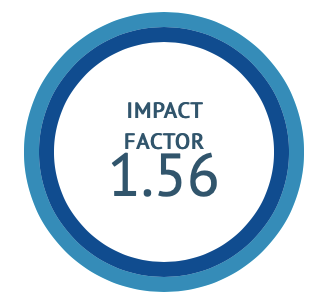Existence and Importance of Kumbh-Parva in the Vedas
DOI:
https://doi.org/10.47552/ijam.v16iS1.5985Keywords:
Kumbh Parva, Vedic Scriptures, Spiritual CleansingSpiritual Cleansing, Hindu Rituals, Social UnityAbstract
The Kumbh Parva, an ancient religious festival, holds significant cultural and spiritual importance in Indian society. This sacred gathering is based on the Vedic principles and is one of the largest religious congregations globally. The festival’s origins can be traced to ancient Vedic texts, where the word "Kumbh," meaning "pitcher," has multiple interpretations symbolizing purification, abundance, and spiritual unity. The festival, held at specific sacred locations like Prayag, Haridwar, Ujjain, and Nashik, symbolizes a confluence of physical, mental, and spiritual cleansing. In the Vedas, Kumbh is associated with the divine and is described as a means to purify the body and soul, allowing participants to attain spiritual liberation. The festival also promotes social unity, devotion, and human cooperation, transcending individual differences. The Vedic scriptures, such as the Rigveda, Samaveda, and Atharvaveda, all reference the Kumbh, linking it with both material and spiritual blessings. The Kumbh festival is thus not only a celebration of faith but also a manifestation of India’s rich cultural heritage, where each action, be it bathing in the holy rivers or meditating, is considered to purify the individual. Through its spiritual essence, Kumbh serves as a reminder of the importance of virtuous deeds and the eternal pursuit of happiness and liberation.
Downloads
Published
How to Cite
Issue
Section
License
Copyright (c) 2025 International Journal of Ayurvedic Medicine

This work is licensed under a Creative Commons Attribution-NonCommercial-ShareAlike 4.0 International License.
The author hereby transfers, assigns, or conveys all copyright ownership to the International Journal of Ayurvedic Medicine (IJAM). By this transfer, the article becomes the property of the IJAM and may not be published elsewhere without written permission from the IJAM.
This transfer of copyright also implies transfer of rights for printed, electronic, microfilm, and facsimile publication. No royalty or other monetary compensation will be received for transferring the copyright of the article to the IJAM.
The IJAM, in turn, grants each author the right to republish the article in any book for which he or she is the author or editor, without paying royalties to the IJAM, subject to the express conditions that (a) the author notify IJAM in advance in writing of this republication and (b) a credit line attributes the original publication to IJAM.





